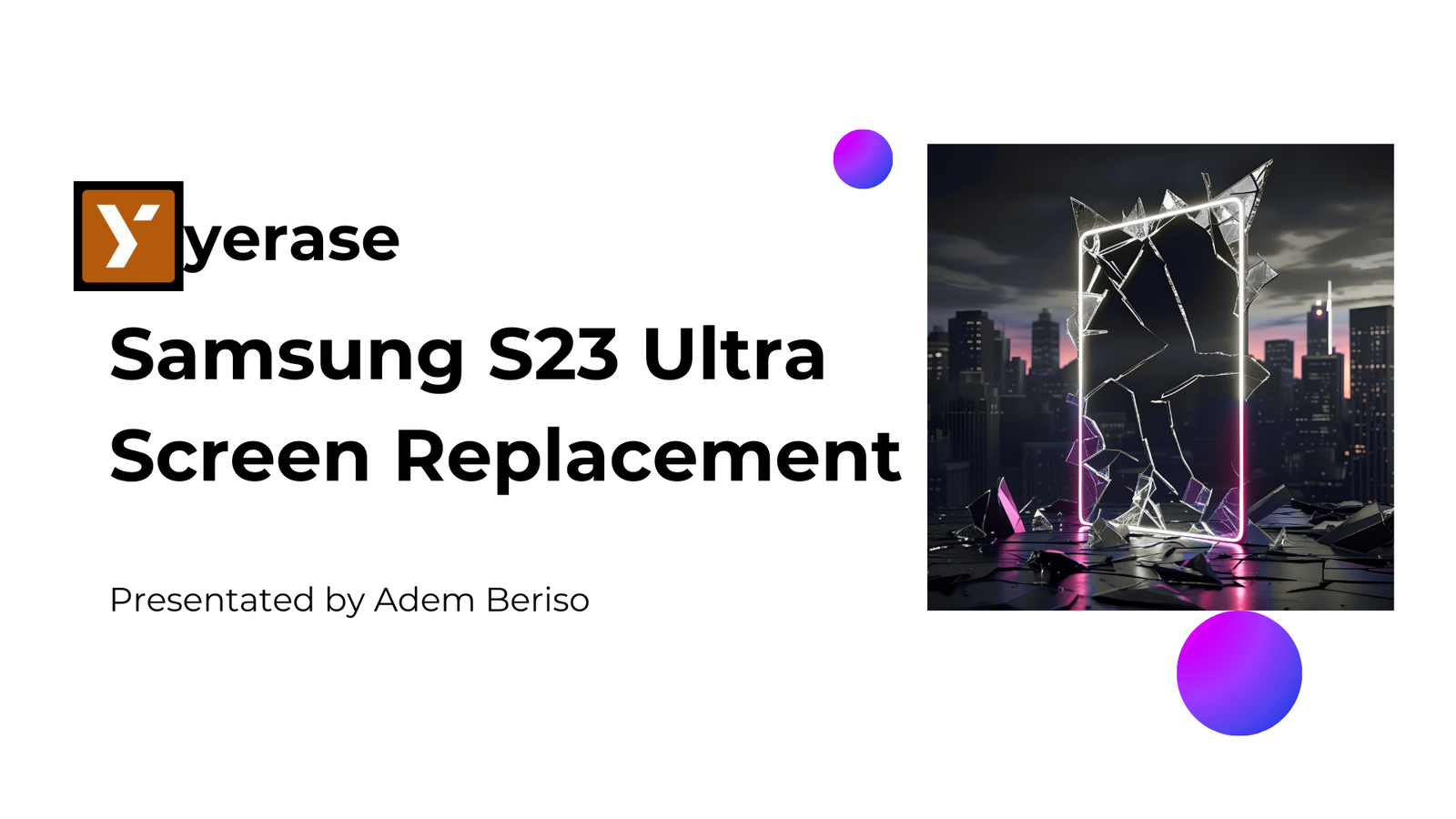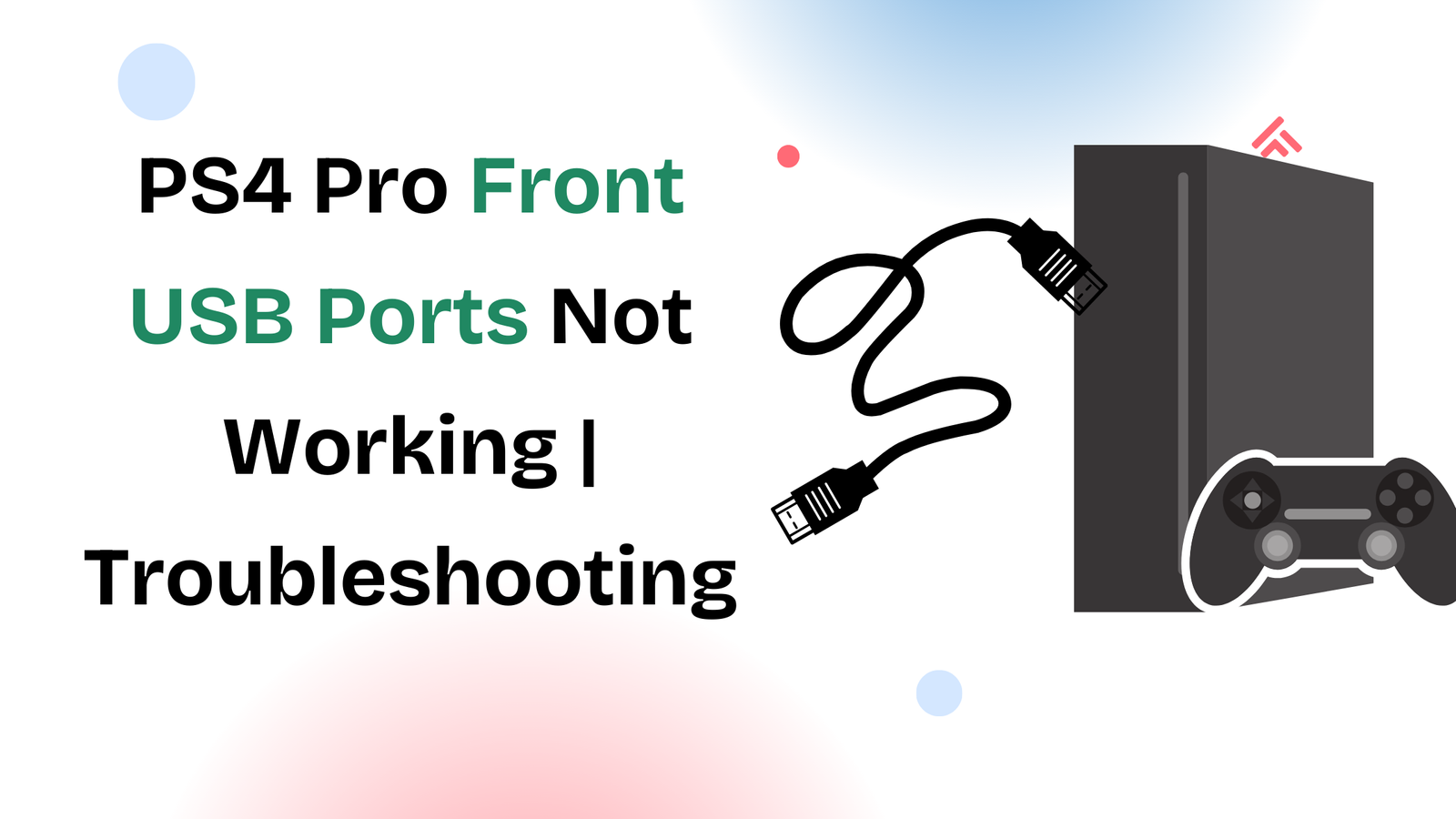Why Samsung S23 Ultra Screen Replacement Matters
The Galaxy S23 Ultra is not just another smartphone; it is a premium device where the screen defines the entire experience. With its vibrant 120Hz QHD+ AMOLED panel, Gorilla Glass protection, in-display fingerprint sensor, and S-Pen compatibility, keeping the display intact is essential for both performance and resale value. When cracks appear or ghost touches interrupt daily tasks, a Samsung Galaxy S23 Ultra screen repair service becomes the only way to restore functionality. A damaged screen is not only frustrating but can also lower the value of your phone if you plan to resell or trade it in. Choosing the right mobile phone screen replacement is about protecting both your investment and your productivity.
Do You Actually Need a Replacement?
Not every crack or scratch calls for an immediate Galaxy S23 Ultra screen replacement. Minor cosmetic marks may be tolerable, while serious issues such as black lines, screen flickering, dead pixels, or unresponsive touch zones almost always indicate the need for a full AMOLED module swap. If the display is working perfectly but the outer glass is cracked, some repair shops offer glass-only refurbishing, which can be a cheaper solution. On the other hand, water damage, severe ghost touches, or sensor misalignment usually demand a complete cracked display replacement. Running Samsung’s diagnostic codes or visiting a professional smartphone repair shop can help confirm whether you need a full panel change or just a cosmetic fix.
Choosing the Right Replacement Option
When replacing your Samsung screen, you generally have three main choices. An OEM AMOLED replacement guarantees the same sharpness, brightness, and ultrasonic fingerprint accuracy as the original. It is the most expensive option but also the most reliable for heavy users and S-Pen fans. The second path is a refurbished OEM panel, which uses the original Samsung screen but replaces the damaged glass. This strikes a balance between affordability and performance, though quality depends on the Galaxy S23 Ultra repair center handling the refurb. The third option is a premium aftermarket OLED, which is cheaper and can be suitable for light users, but may compromise brightness, color accuracy, or fingerprint unlock consistency. For those who depend on precision and flagship-level visuals, OEM is the safer choice, while budget-conscious users may find refurbished panels a fair middle ground.
Professional Replacement: What to Expect
A professional Samsung screen repair service follows a structured process to ensure both safety and quality. It usually begins with diagnostics, where technicians test the cameras, S-Pen alignment, fingerprint sensor, and overall touch responsiveness. Once the issue is confirmed, the device is carefully disassembled, the damaged module is removed, and the new display is installed with factory-grade adhesive. High-end repair centers also reseal the device to restore splash resistance. The procedure generally takes between one and two hours, depending on parts availability. Customers are encouraged to request before-and-after diagnostic reports to confirm that the Samsung S23 Ultra screen replacement has been done to standard.
DIY Screen Replacement: Is It Worth It?
Some owners attempt a DIY screen replacement to save on Samsung screen repair cost, but this approach comes with significant risks. The process requires specialized tools, precise heat application, and careful handling of delicate cables. Even a small mistake can lead to damage to the rear glass, battery connectors, or the display itself. The ultrasonic fingerprint sensor on the Galaxy S23 Ultra is particularly sensitive, and improper adhesive application can cause long-term unlock issues. While technically possible for experienced hobbyists, most users are better off trusting a professional smartphone repair shop to avoid costly mistakes and to preserve waterproofing seals.
Samsung S23 Ultra Screen Replacement Cost
The cost of a Samsung Galaxy S23 Ultra screen repair varies depending on the type of replacement and the region. Genuine OEM parts typically range between $320 and $500, while refurbished OEM modules fall between $240 and $350. Premium aftermarket displays are cheaper, averaging $180 to $300, but they may not deliver the same performance as an original panel. Some mobile repair shops offer labor-only services if you provide your own display module, though warranties usually do not cover customer-supplied parts. To avoid misunderstandings, always ask for a written quote that clearly states whether the part is OEM, refurbished, or aftermarket, and confirm the length of the warranty.
Warranty, Insurance, and Data Safety
A reliable Samsung screen replacement service should include a warranty on both parts and labor. Most reputable providers offer at least ninety days, while premium service centers may extend this to six or twelve months. This coverage should protect you against not just screen failures but also touch and fingerprint issues. Manufacturer warranties generally exclude accidental damage, but carrier or retail insurance plans can sometimes lower the screen replacement cost significantly. Since display swaps should not erase your data, always back up your files in advance and ask the technician to proceed with a no-reset repair whenever possible.
Preparing Your Device Before Repair
Getting your device ready before heading to a smartphone repair center helps ensure a smoother process. Back up your important data to Samsung Cloud or Google Drive, remove any accessories, and take out the SIM and memory cards. Some technicians may require you to disable your lock screen temporarily so they can test the phone after the repair. Keeping your phone charged to around forty percent helps the service run without delays. Clearly describing your phone’s issues, such as screen flicker, S-Pen offset, or fingerprint unlock errors, allows the repair team to check these points after installing the new display.
Selecting the Right Repair Service
Not all phone repair shops offer the same level of quality. A trustworthy Samsung Galaxy S23 Ultra repair service will be upfront about the part type, provide a written warranty, and show test results before and after the repair. They should also reseal the phone to maintain splash resistance and ensure that the ultrasonic fingerprint sensor works properly after the replacement. Checking customer reviews, asking about turnaround times, and verifying warranty coverage are smart ways to avoid poor-quality repairs. While bargain offers can be tempting, the cheapest service often relies on low-quality displays that may cause more problems in the long run.
Aftercare and Maintenance for Your New Screen
Taking care of your replacement display ensures it lasts longer. After the repair, re-enroll your fingerprints for improved accuracy, especially since the S23 Ultra’s ultrasonic sensor is highly sensitive to thickness changes. Using a tempered glass protector that is compatible with ultrasonic sensors is strongly recommended, as is investing in a shock-resistant case with raised edges. During the first day, avoid pressing too hard on the new screen or exposing the phone to extreme heat while adhesives cure. Testing the S-Pen across the display helps confirm proper alignment, and adjusting brightness or enabling eye comfort shield can make the AMOLED panel more comfortable for long-term use.
Conlusion
A Samsung S23 Ultra screen replacement is not just about fixing a cracked display—it is about restoring the full potential of a flagship smartphone. Whether you choose an OEM AMOLED, a refurbished Samsung screen, or a premium aftermarket alternative, understanding your options helps you make a smart decision. By preparing your phone properly, selecting a reliable Galaxy S23 Ultra repair center, and maintaining the new screen with proper protection, you ensure that your device continues to perform at its best. For anyone dealing with a broken Samsung screen, choosing the right service today can keep your phone reliable and future-proof for years to come.











